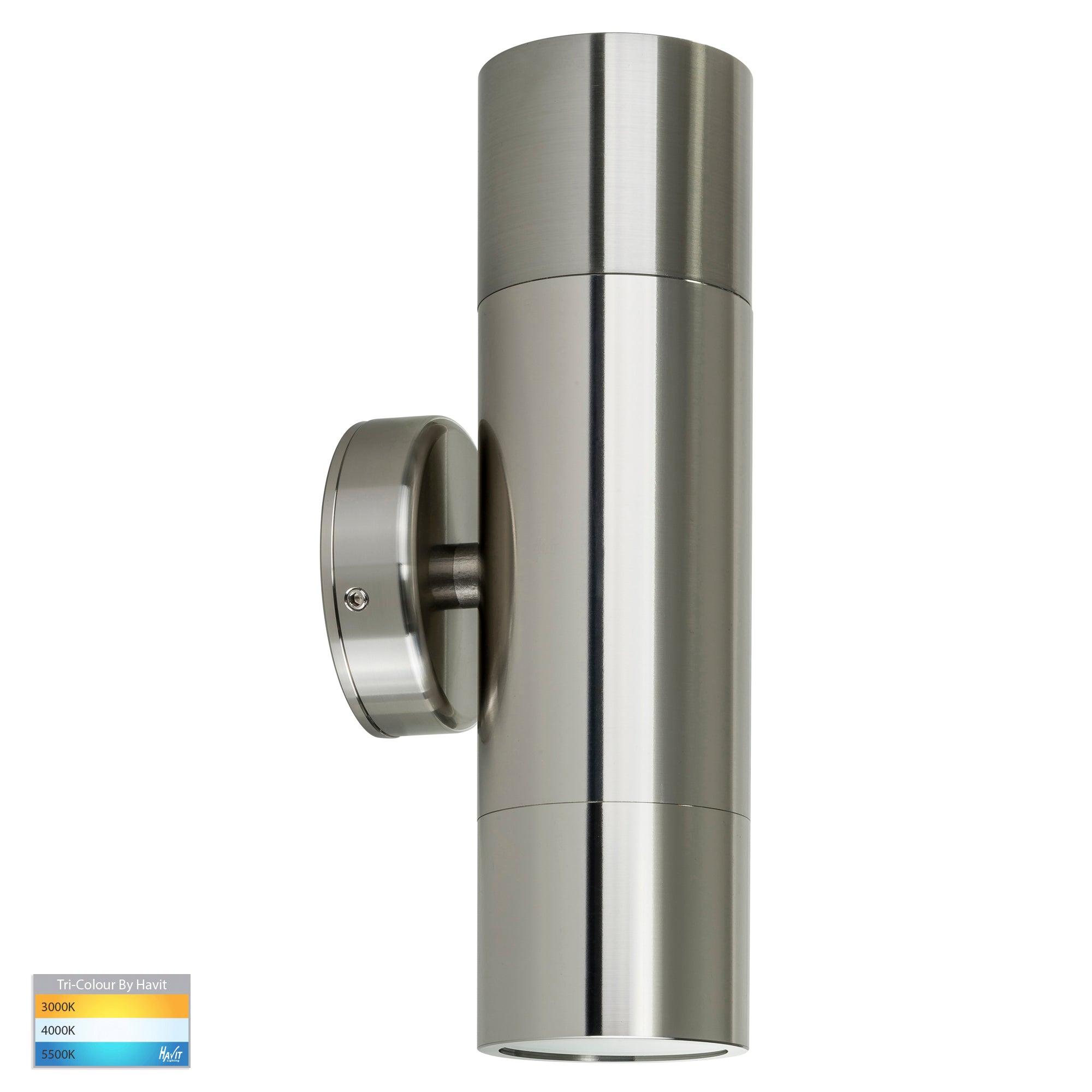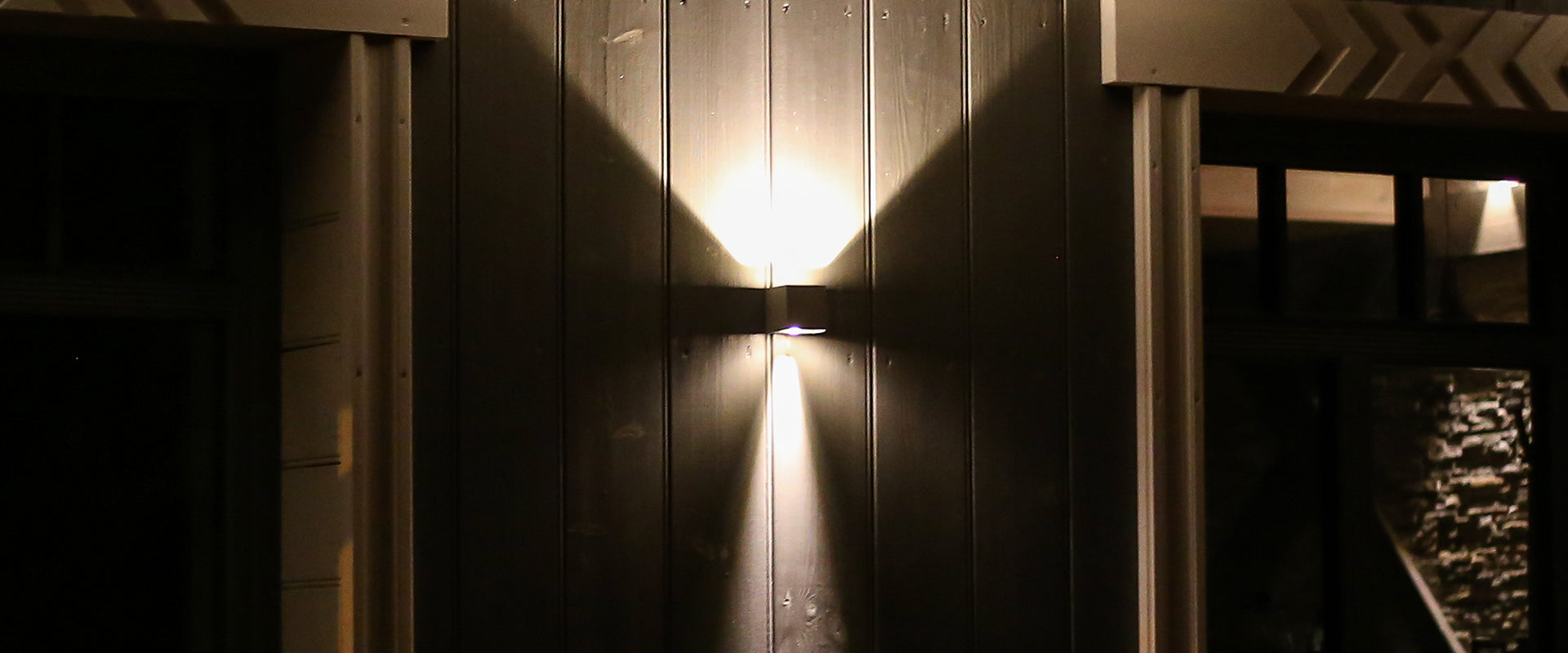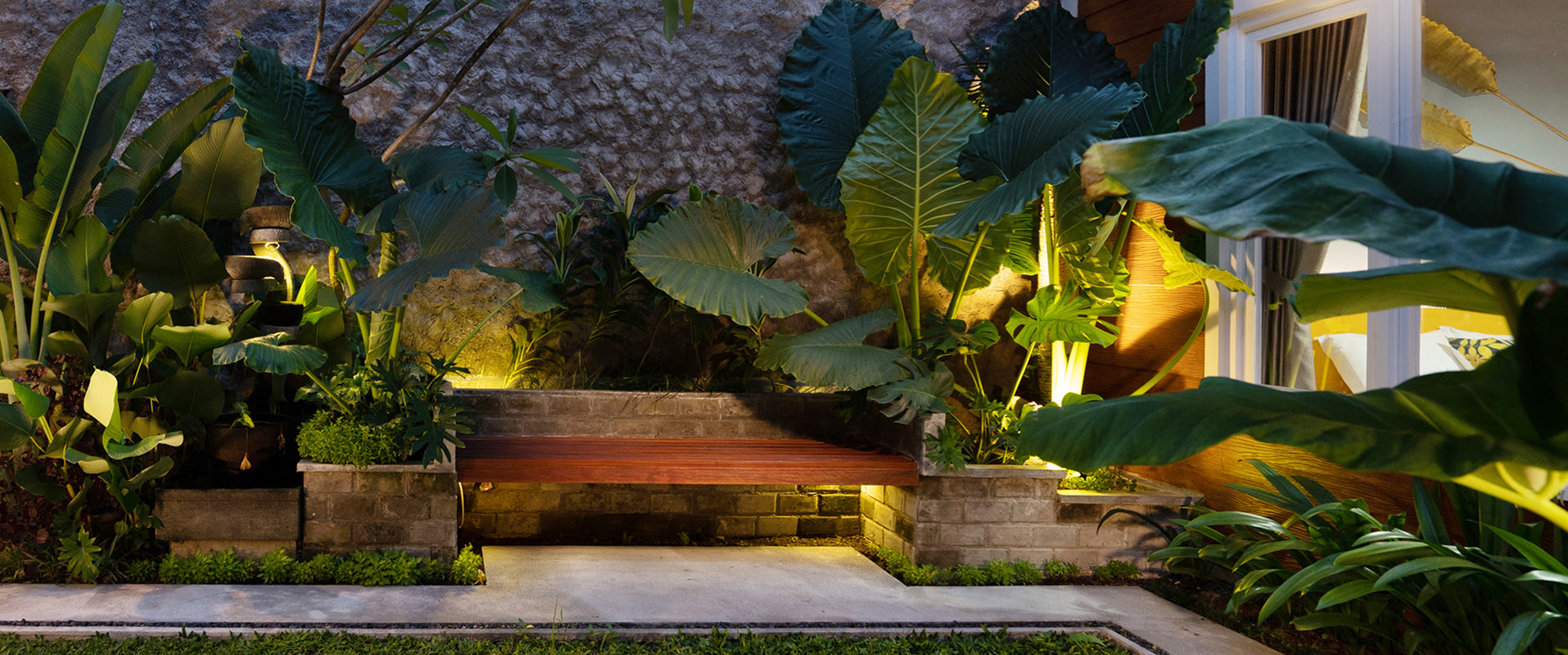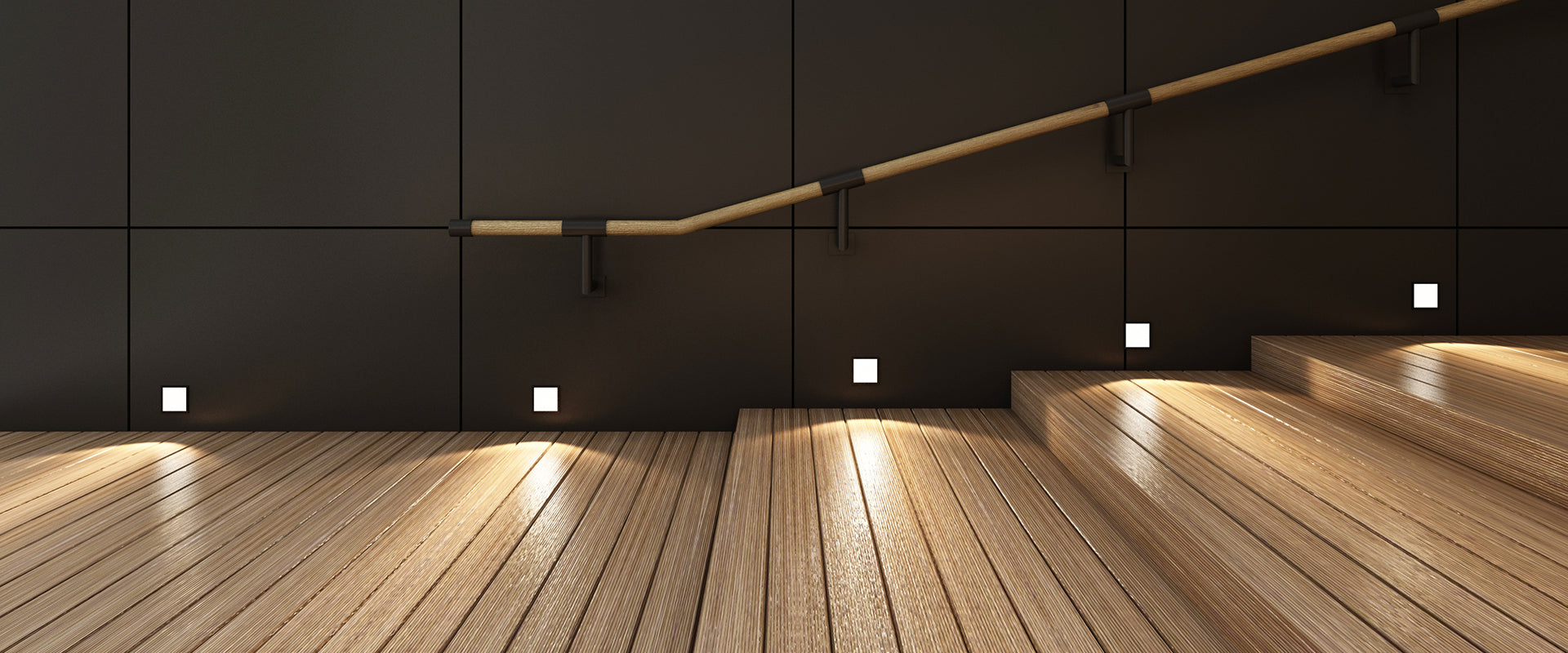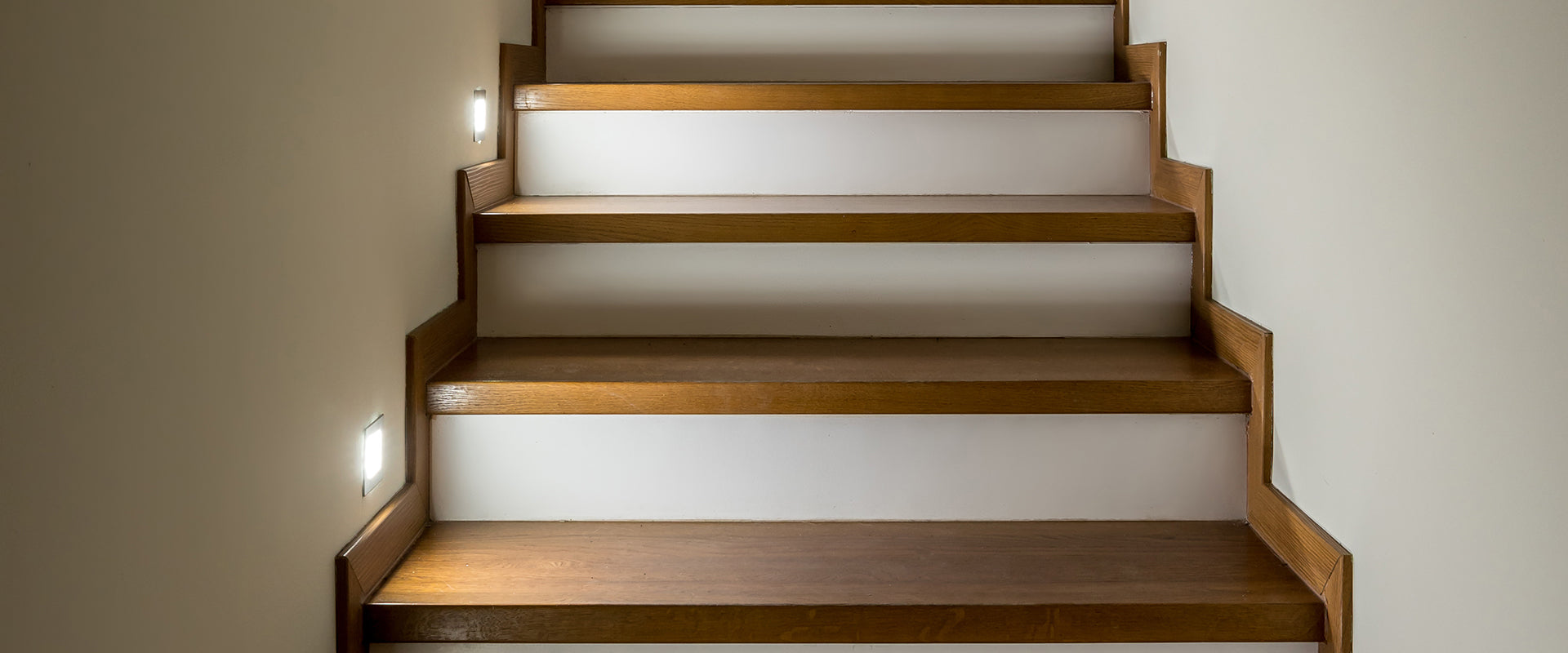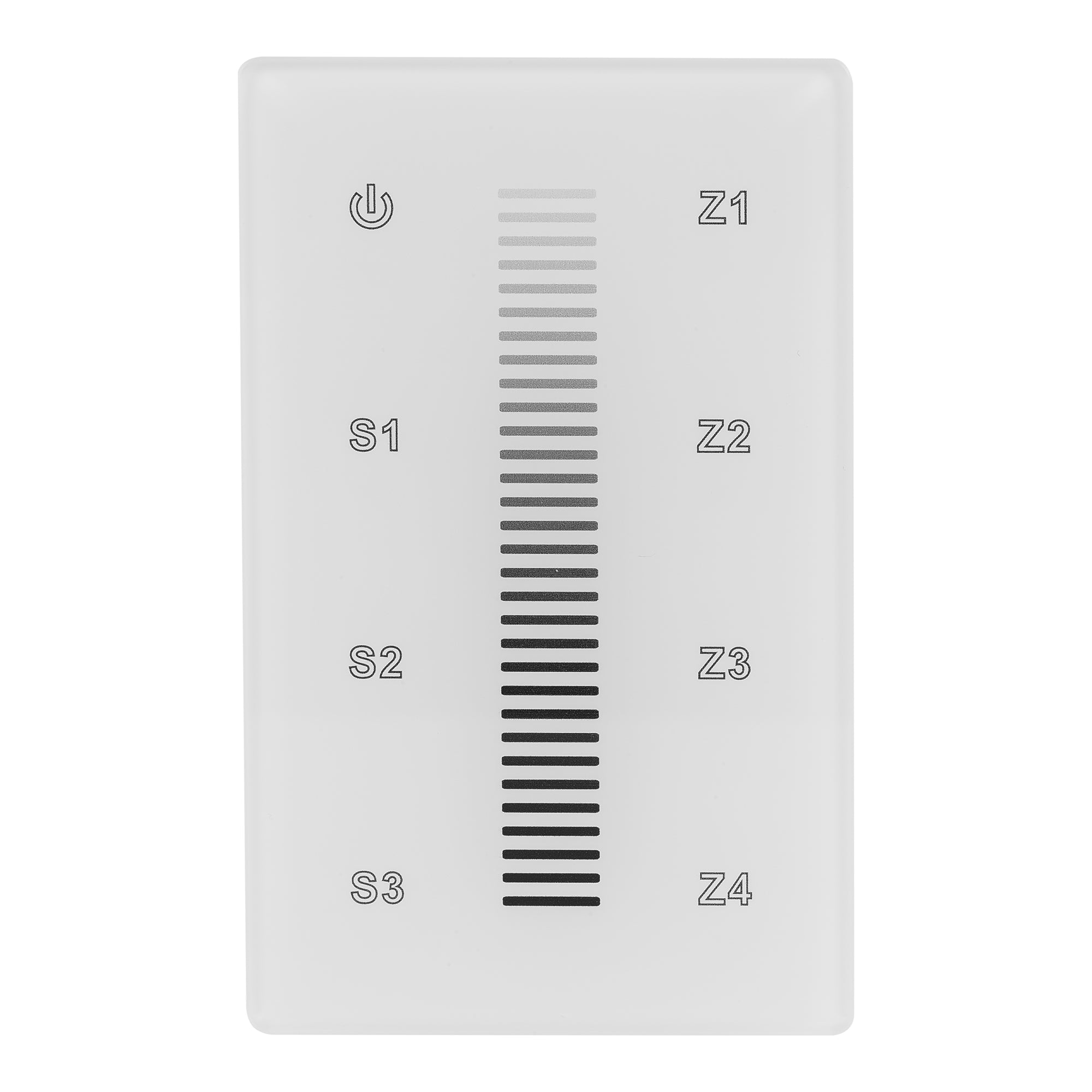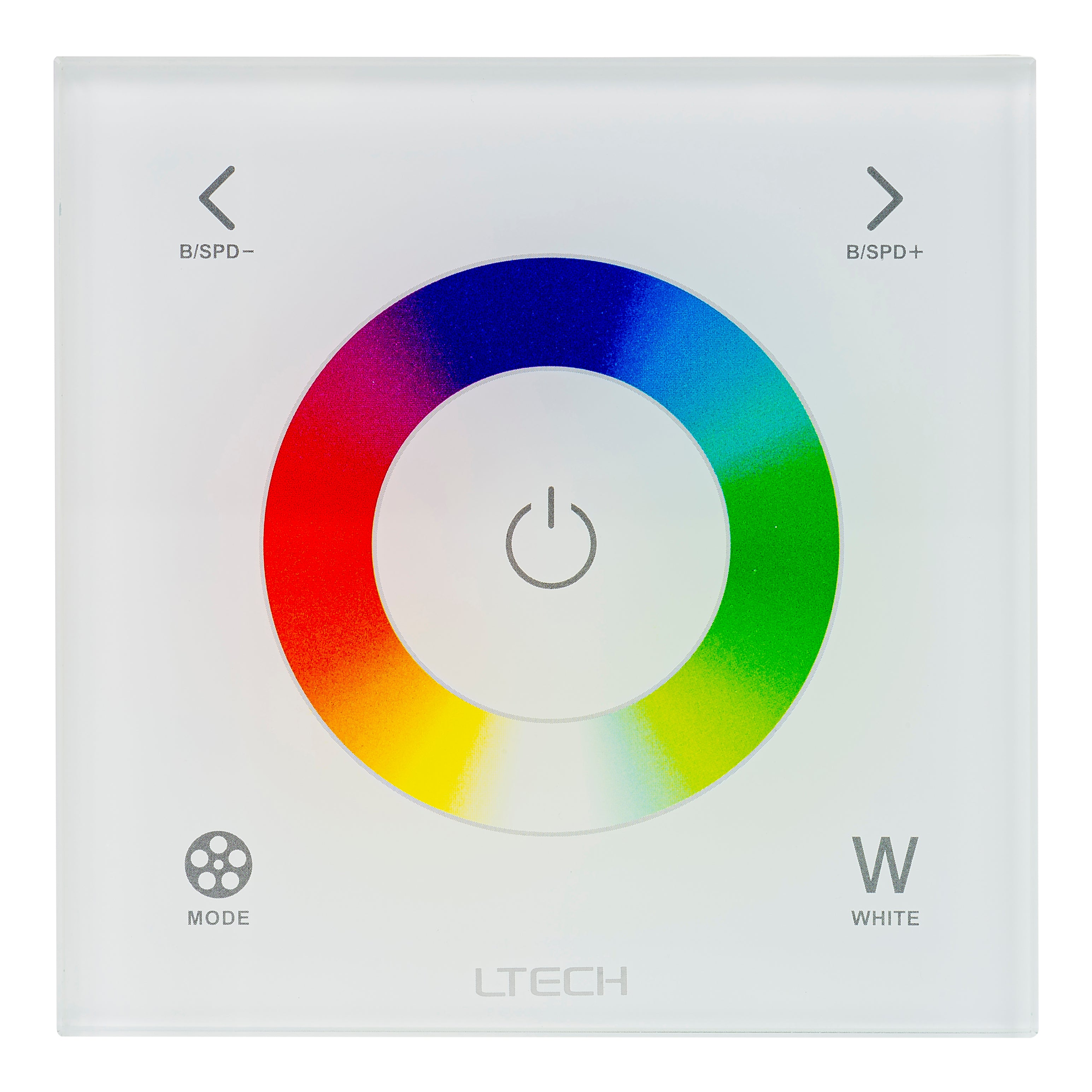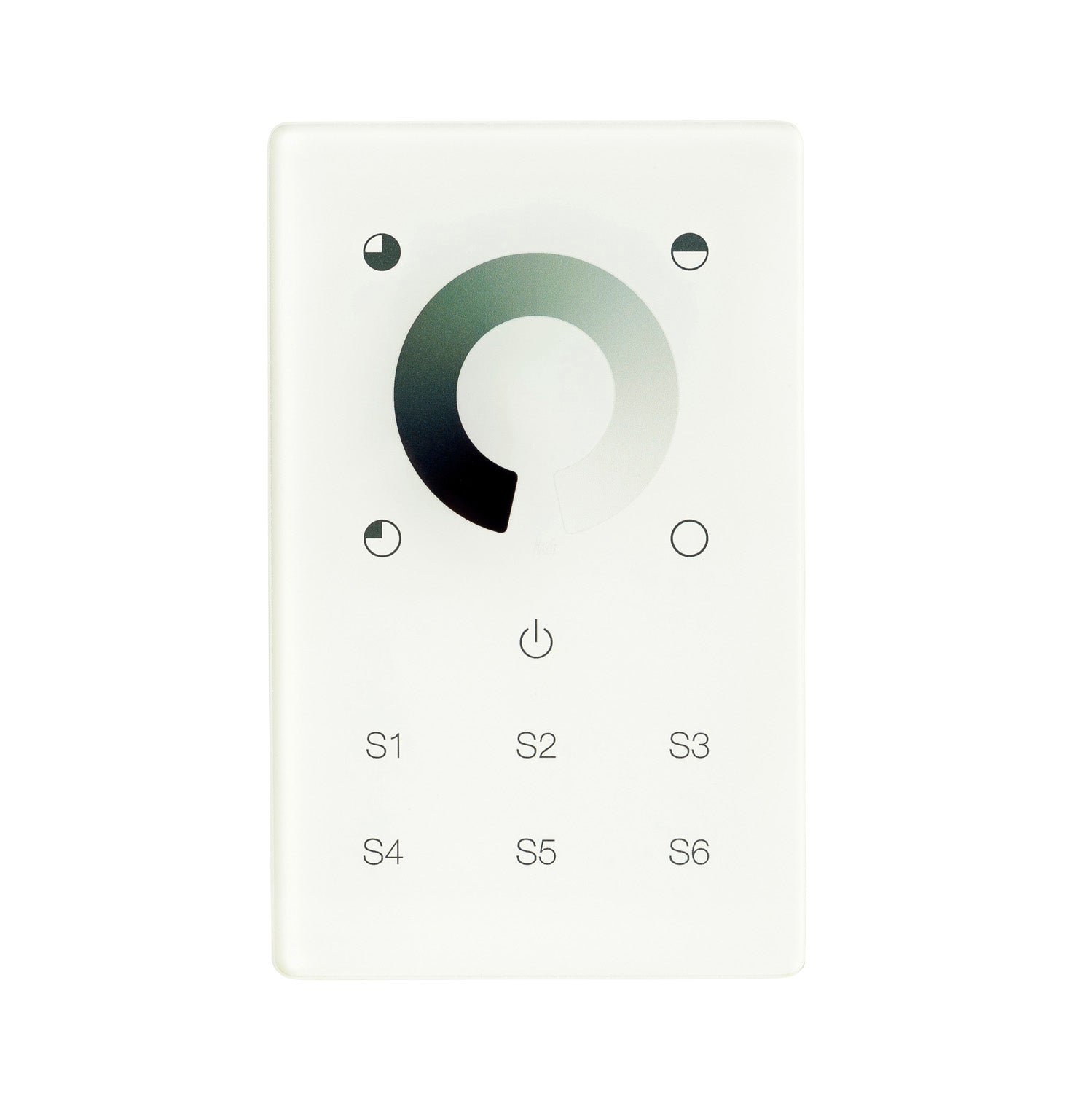Unveiling the Ageing Process of Brass
Introduction:
Brass, a versatile alloy of copper and zinc, has long been admired for its rich golden hue and remarkable durability. However, as time passes, brass undergoes a captivating transformation known as aging. In this blog, we will explore the intriguing aging process of brass and the enchanting effects it has on this remarkable material.
1. The Initial Luster:
When brass is first crafted, it gleams with a vibrant shine, radiating elegance and sophistication. Its golden surface showcases the alloy’s inherent beauty, making it a popular choice for decorative items, musical instruments, and architectural accents.
2. Natural Patina Formation:
Over time, brass develops a natural patina, a thin layer that forms on its surface due to exposure to air, moisture, pollutants, and even human touch. This patina is a result of oxidation and corrosion, and contrary to popular belief, it does not signify degradation or damage. Instead, it adds character and uniqueness to the brass object.
3. Changing Colours:
As the brass ages, the once-golden hue slowly evolves into a spectrum of captivating colours. Initially, it may take on a warm brown or reddish tint, known as a “new penny” effect. With further aging, the surface can develop a rich, deep brown color, often referred to as a “chocolate brown” patina. Over the years, greenish hues, such as verdigris, may also appear, adding a touch of antiquity and charm.
4. Protection and Preservation:
While the patina enhances the aesthetic appeal of brass, it also acts as a protective layer against further corrosion. This natural coating shields the underlying metal from harmful elements, preventing tarnish and maintaining the structural integrity of the brass object. However, it is essential to strike a balance between preserving the patina and maintaining the desired appearance.
5. Care and Maintenance:
To maintain the beauty of aged brass, gentle cleaning methods are advised. Avoid abrasive cleaners that can remove the patina or damage the surface. Instead, opt for mild soap, warm water, and a soft cloth to remove dirt and restore luster. Regular dusting and keeping brass objects away from excessive moisture or harsh environments will help preserve their aging charm.
Conclusion:
The aging process of brass is a testament to its enduring allure. As this remarkable alloy evolves over time, it transforms into an object of timeless beauty, gracefully embracing the passage of years. The natural patina that develops on aged brass not only enhances its aesthetic appeal but also safeguards it for generations to come. So, let us celebrate the captivating aging process of brass, cherishing its ability to remain elegant and enchanting throughout the ages.

